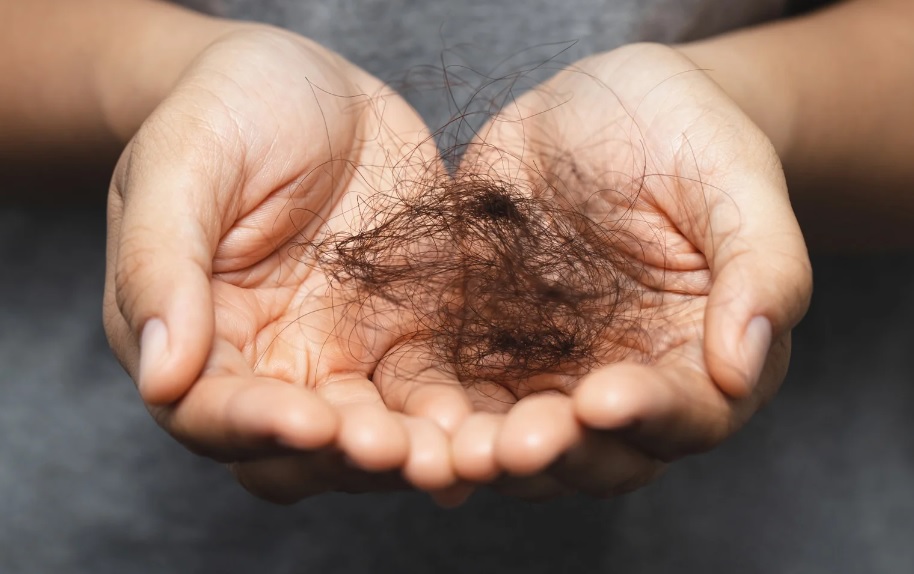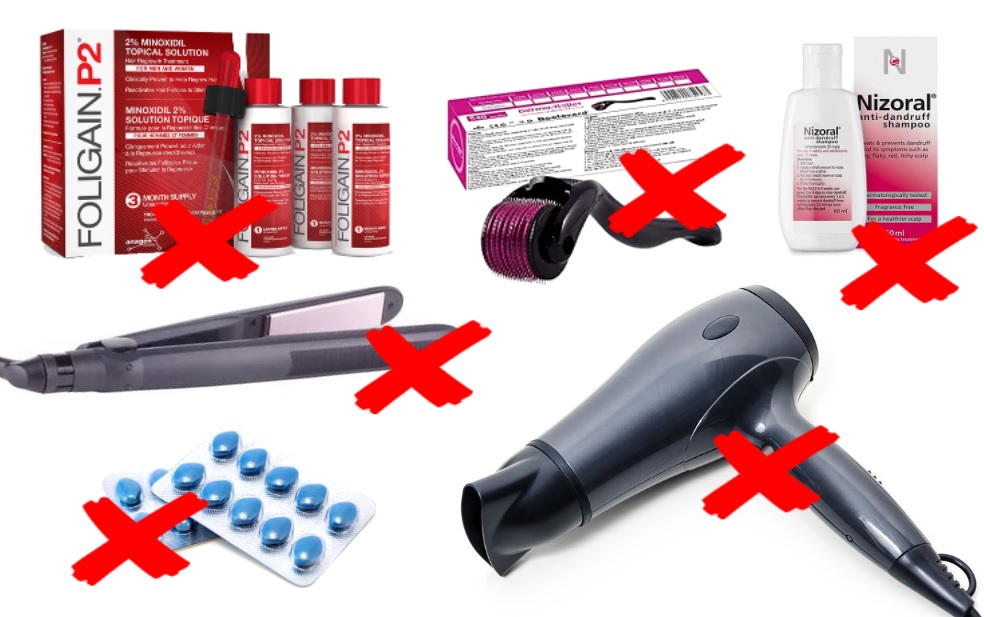
Excessive Hair Shedding in Autumn Season: How To Stop Seasonal Hair Loss
For many women, the autumn months can be an absolute nightmare for our hair. The vast majority of women (and men) experience the most severe signs of seasonal hair loss during autumn.
Fortunately, seasonal hair loss is only temporary, and once the season has passed, the hair tends to grow back as normal. However, seasonal hair loss is not ideal for those of us who are already prone to baldness and thinning hair, which could cause even more hair fall. Therefore, treatment is absolutely key.
What is seasonal hair loss?
Seasonal hair loss is something that happens during a certain season of the year. It’s a phase whereby the hair sheds excessively, as part of the hair growth cycle. A bit like seasonal allergies, seasonal shedding occurs when a shift in temperature puts stress on the scalp and follicles, which leads to strands falling out. Autumn tends to be the most common shedding season.
In most cases, seasonal shedding is temporary, however, it can develop into a long-term problem for some people, which is why prevention treatments and techniques should be used. Also, as mentioned, if you are already prone to hair loss, then seasonal shedding can be an unwanted addition to the issue.
How to prevent seasonal hair loss?
Seasonal hair loss cannot be stopped, but it can be minimised with a good hair care plan. Here are some interesting seasonal hair loss prevention tips and advice that can help reduce the shedding phase, and promote the function of healthy hair growth.

Avoid heat based products
Heat based styling devices, like hairdryers and hair straighteners, can cause some serious damage to already weakened locks from seasonal shedding, so, if you are an avid user of these devices, then you should try to cut down your usage, or, simply turn them down to a cooler mode.
Remember, it’s absolutely vital to be as gentle as possible to your locks, especially during a season when your hair is so fragile.
Ease up on hairstyling products
Make sure you use less product in your hair (styling products, gels, powders, dry shampoos etc.) over autumn season, and be sure to cut down on harsh, chemically based shampoos and conditioners that could potentially harm your hair and cause it to look thin and tired. Ideally, use organic products.
Avoid minoxidil
Medical treatments such as minoxidil can often do your strands more harm than good. Minoxidil, for example, is known to cause severe shedding during the early stages usage, and this is the last thing you want, because this could potentially cause you even more hair loss.
Minoxidil is designed for treating androgenic alopecia (female pattern baldness), which is a different type of hair loss to seasonal hair loss, therefore the effects will vary. Seasonal shedding is a temporary shedding phase, and therefore minoxidil is not the right treatment to use.
If you are already using minoxidil to treat pattern baldness, then perhaps reduce your application to once a day, rather than twice. Drugs and medications can treat hair loss well, but they can also cause havoc on the hair during the autumn shedding season.
Opting for safe and naturally made treatments is the best thing that you can do for your hair. A hard working multivitamin extract hair supplement, like HR23+, can work effectively to combat many types of hair loss, including seasonal hair loss.
HR23+ is the leading non-medical hair loss treatment on the market that can help prevent excess hair shedding, as well as promote the function of healthy hair growth. It is also safe to use and free from any unwanted negative side-effects.

Live and eat healthy
Your hair is no different to any other part of your body – the better you look after it, the better it will thrive. Feeding your body with the right nutrients, and getting plenty of exercise and fresh air, can only be of benefit to your locks.
Getting your body active regularly is the most beneficial thing you can do for yourself, and of course your hair. Also, be sure to clean up your diet – eat lots of high-protein foods, and avoid junk food where possible. The healthier you eat, the more your hair is likely to thrive.
Here is an article about what foods are great for healthy hair growth.
Conclusion
Seasonal hair loss is a hair shedding phase that can occur at any point of the year, but for most women it tends to happen during the spring or autumn months.
Although seasonal hair loss is a temporary shedding phase, treatment options are still recommended, in order to stop the issue escalating. In the vast majority of cases, the hair does grow back once winter approaches, so be patient, look after your hair, and wait for the shedding phase to pass.
Seasonal shedding can be a problem if you are already suffering from another form of hair loss, such as pattern baldness, postpartum hair loss, menopausal hair loss, or stress-related hair fall, for example. This is where you would need to use hair loss treatments in conjunction with a good hair care plan and healthy lifestyle, but be sure to use a hair care regimen that doesn’t make the seasonal shedding worse.
Stick to non-medical treatments, naturally made cosmetics, and minimise your usage of heat based devices. These little adjustments can benefit your locks, hugely.


Leave a Reply